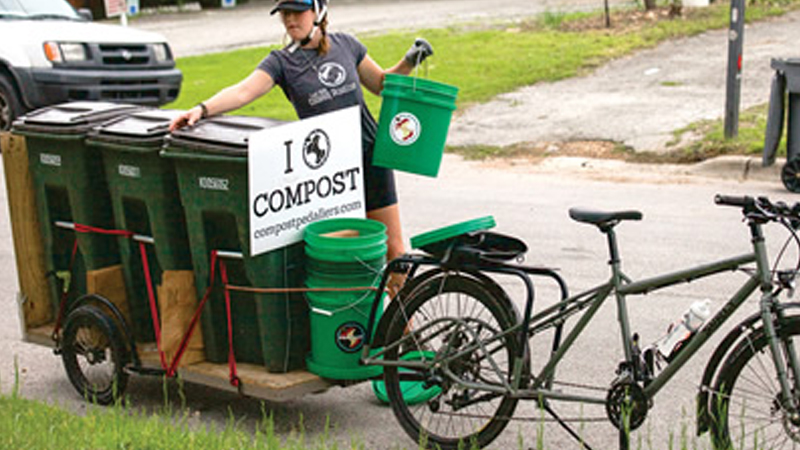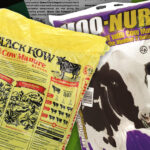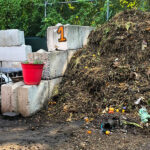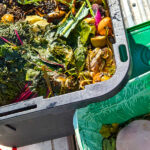
Sally Brown
Editor’s Note: On February 11, 2020 the World Health Organization announced an official name for the disease that is causing the 2019 novel coronavirus outbreak. The name, coronavirus disease 2019, is abbreviated as COVID-19 — “CO” stands for corona, “VI” for virus, and “D” for disease, and 19 for 2019. The virus that causes the disease is SARS-CoV-2.
Being terrified of COVID-19 is not irrational. But being terrified does not mean that your everyday life has to turn into you and Netflix in the closet. The terror has to somehow make peace with everyday lives and routines. In order to make that peace some rationality has to figure in. How much of your life can you still have and stay safe?
There are a lot of commonsense measures that hopefully all of us have adopted. Social distancing is the new norm. You can now wash your hands to any number of classic hits including “I will Survive”. With these measures in place you can go for runs and walks and even go to the grocery store. And we can all still compost.
In urban areas across the country, food scrap diversion has really started to take hold. Fear of COVID is not a reason to give this up. A critical factor to remember is that there is a significant yuck factor in composting. Before that beautiful finished product is made, those feedstocks are often slimy, smelly and only beautiful in the eyes of a special beholder.
Yes, COVID-19 is new and scary and there are many things that we don’t know specifically about IT. However, COVID-19 is part of a family of viruses that we know plenty about. As the saying goes, you don’t get an apple from a pear tree. In other words, our existing knowledge of the behavior of coronaviruses in the environment can be applied here. If you walk through the different steps and different roles of people involved in composting wearing the lens of prior knowledge and common sense, you will hopefully see that this is not something we have to give up.
Feedstock Generator
Your job is to put the scraps, waste and inedible stuff in a separate bucket and put it in the special bin. The only potential area of concern for you is the special bin. If you live in an apartment house other people will touch that bin. The bin, like the doorknob, is a potential source of contamination by COVID-19. The bin is also — despite the compostable plastic liner — slimy and gross where you lift the lid. The one in our building certainly is. Even with no pandemic you don’t want to touch that thing and not wash your hands afterwards. So wash your hands afterwards. You’ll be fine.
You can also derive some comfort in that yuck factor. The tests of survivability of COVID-19 have been done on a range of surfaces where it is the only thing that is on there. Conversely, that lid has a jungle of microbes that are not afraid of COVID-19 and likely think of it as an alternative to rotten fruit on the buffet menu. Persistence of any external virus on that surface is likely a fraction of what it is in more sterile environments.
Feedstock Collector
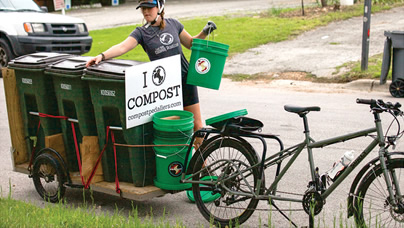 Some people collect food scraps in big trucks while others do it on bicycles. Even before COVID-19 this was not a job that one did with bare hands. COVID-19 is the new kid on the block. Regulars in the neighborhood include glass shards, e coli, fecal material, slime and yuck. An integral part of the job of collecting feedstocks for composting is personal protective equipment (PPE). This same protective equipment that prevents you from needing stiches and getting infections will also protect you from COVID-19. I am sure that one of the requirements of your job is frequent handwashing. This is the time to pay attention to the rules, not the time to stop doing your job.
Some people collect food scraps in big trucks while others do it on bicycles. Even before COVID-19 this was not a job that one did with bare hands. COVID-19 is the new kid on the block. Regulars in the neighborhood include glass shards, e coli, fecal material, slime and yuck. An integral part of the job of collecting feedstocks for composting is personal protective equipment (PPE). This same protective equipment that prevents you from needing stiches and getting infections will also protect you from COVID-19. I am sure that one of the requirements of your job is frequent handwashing. This is the time to pay attention to the rules, not the time to stop doing your job.
Compost Operator
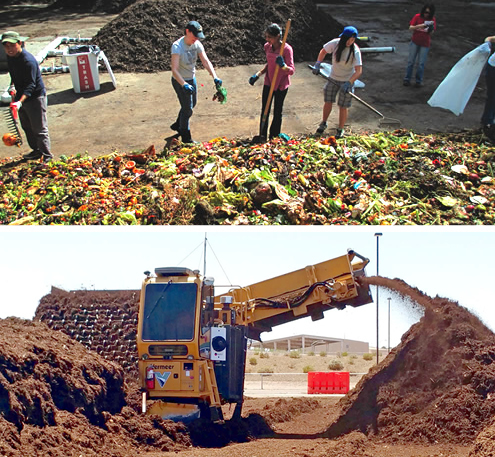 Composting can be done on the community level or on the commercial level. For both cases, concerns about pathogens already mean that you should be paying attention to what you are doing. On a commercial level, you are likely working using some big enclosed equipment that you sit in. On a community level, it may be just you and a shovel building and turning a pile. The only points here of concern are receiving materials and constructing the pile.
Composting can be done on the community level or on the commercial level. For both cases, concerns about pathogens already mean that you should be paying attention to what you are doing. On a commercial level, you are likely working using some big enclosed equipment that you sit in. On a community level, it may be just you and a shovel building and turning a pile. The only points here of concern are receiving materials and constructing the pile.
Let the feedstocks sit an extra day or two before you start working with them. That will give the microbes extra time to eat the COVID-19. One bonus of having everyone home on lockdown is it reduces the potential for odor complaints. By the time it comes to turning, COVID that may have been present is now in some bacterial belly or back in the atmosphere as CO2. When you assemble the pile, you should be wearing gloves. If you add a face mask and some safety glasses, those will protect you from more than just COVID-19.
COVID-19 Pathway
For all involved in the organics recycling process, it is both important and comforting to think of this in terms of likelihood that a viable viral envelope will even be present. Let’s go through some of the basics.
- COVID-19 is primarily a respiratory virus. The way it would get on the feedstocks is if someone who is infected sneezes or coughs on the feedstocks or does the same to their hand and then touches the feedstocks. One typically reaches for a tissue, not moldy cheese or yard waste after one coughs or sneezes.
- Infection rates in cities across the U.S. are typically <1 per 100 individuals. You would need that <1 to sneeze, cough, touch their hands and then touch the feedstock. This is highly unlikely.
If that same <1 per 100 has done that to the tree branch, you would need to come into contact with that tree branch and touch it with your hand. Other people who are not infected have added their own feedstocks and so dilution is yet another safety factor. - For the virus to hurt you it would still need to be viable. The bin or the bag where the branch is stored prior to pick up is the opposite of a sterile environment. Other bacteria have already started the process of decomposition. While we’ve all read that the virus can survive for days and days on different surfaces, those surfaces aren’t coated with hungry bacteria that have already started feasting on the feedstocks. Other studies of other similar viruses have seen destruction in complex environments in hours, not days.
The fact is that it is orders of magnitude more risky to go eat in the restaurant (even if you could) than it is to collect the food scraps from that restaurant. The air in the restaurant is the hazard, not the plate scrapings. This is a time to be careful — to be vigilant about following health recommendations. It is not the time to stop composting.
Sally Brown, BioCycle’s Senior Adviser and long-time Connections columnist, is a Research Professor in the College of the Environment at the University of Washington.


